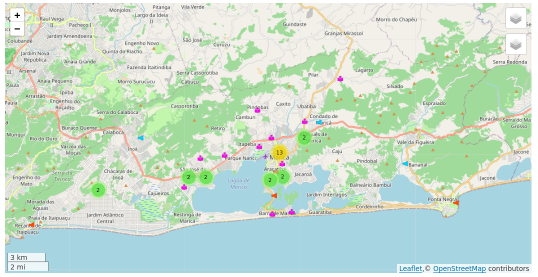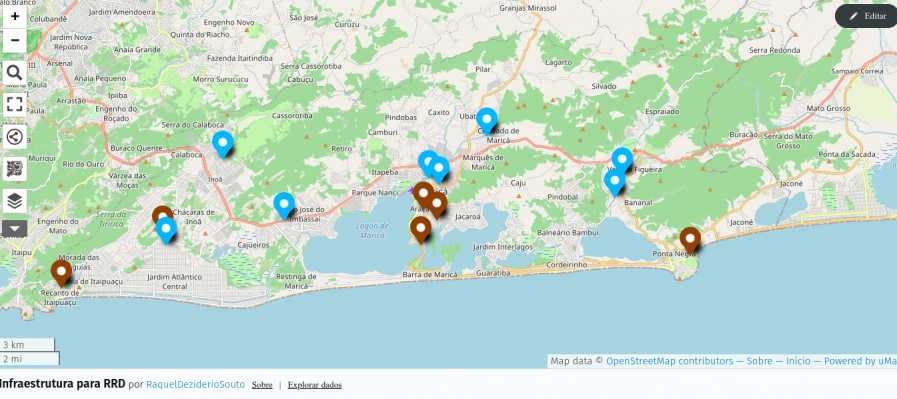What appears are two separate man-made geoglyphs, 300m x 500m (human) and 200m x 200m (bull), of what appears to be etched on a gently graded terrain is a human and a bull oriented north to south. The two figures is targeted with several concentrically oriented Nazca lines.
14°47′38″S, 75°4′15″W -14.7940031, -75.0709680 Nazca, Province of Nasca, Ica, 11401, Peru
The figures suggest a man-made geoglyph of a human being chased by a bull which appears to be in pursuit of him It is very unclear why the bear is chasing him. The man appears to be carrying a blanket, wearing lose fitting outfit and wearing shoes. The bull behind him has long pointy horns and appears to be drawn as if he is chasing him.
Awaiting better mapping to confirm additional linework.
Along with the inhabitants, bulls have been recorded in these local areas.






